investmenttechnology
TPF Noob!
- Joined
- Aug 15, 2011
- Messages
- 107
- Reaction score
- 2
- Location
- Australia
- Can others edit my Photos
- Photos OK to edit
I on page 46 of Understanding Exposure, 3rd Ed by B. Peterson, can some tell me how I can preset the focus via the distance settings on my D700 with 50mm? I have no idea what he's talking about.



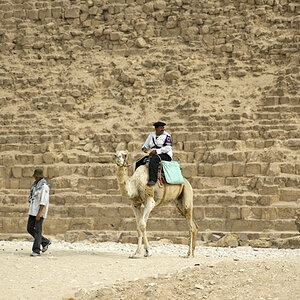
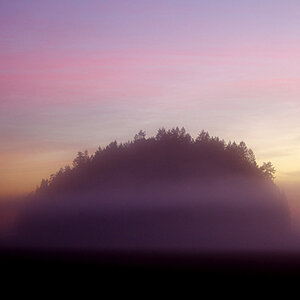
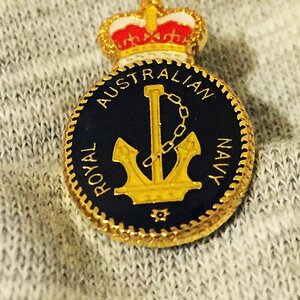
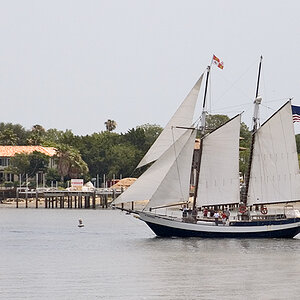
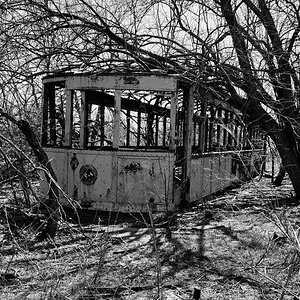

![[No title]](/data/xfmg/thumbnail/31/31978-02cde49248ebdf1b82fba5c899e08378.jpg?1619735136)
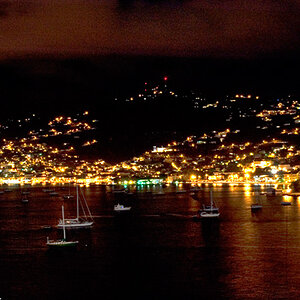
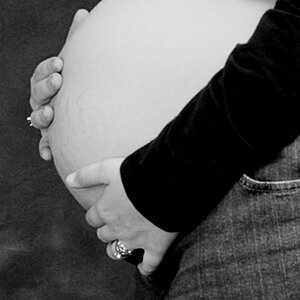

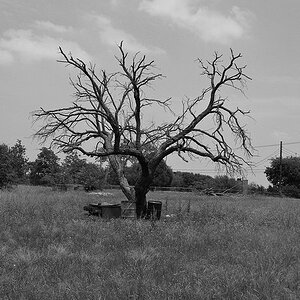
![[No title]](/data/xfmg/thumbnail/34/34070-2a43e701f983f62ada1c66a54d00be4e.jpg?1619736266)